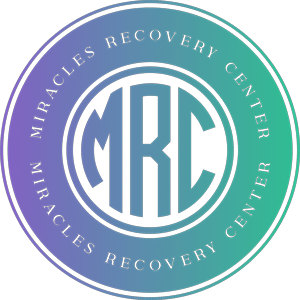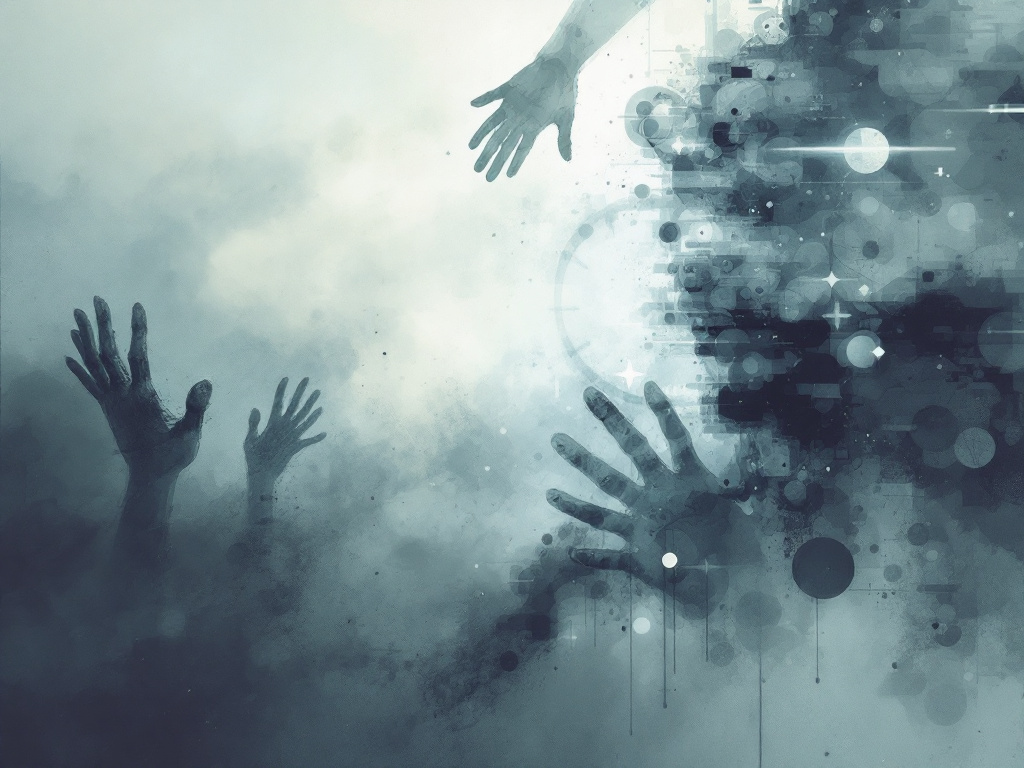When you stop taking benzodiazepines, understanding how long does benzo withdrawal last is essential for setting realistic expectations and planning safe care. Benzo withdrawal can range from a few days to several months, and in some cases lingering symptoms may persist for years. If you or a loved one are dependent on benzodiazepines, knowing the typical timeline, key symptoms, and management strategies can help you prepare for a smoother recovery process.
In this article, you will learn
- the stages of benzodiazepine withdrawal and their usual duration
- factors that influence how long withdrawal lasts
- medical and therapeutic approaches to manage symptoms
- when to seek professional treatment and support
By arming yourself with clear, evidence-based information, you can approach benzo withdrawal with confidence and reduce the risk of complications.
Understand benzo withdrawal
Benzodiazepines are sedative-hypnotic medications commonly prescribed for anxiety, insomnia, seizures, and muscle spasms. While they can provide short-term relief, prolonged use may lead to physical dependence. When you become dependent, your body adapts to the drug’s presence. Stopping or reducing the dose triggers withdrawal symptoms as your central nervous system tries to rebalance itself.
Key dangers of benzo dependence
- Increased risk of severe withdrawal symptoms, including seizures and psychosis
- Development of tolerance, requiring higher doses for the same effect
- Potential for misuse when seeking relief from rebound anxiety
Unlike some substances, benzodiazepine withdrawal can be dangerous without medical oversight. It is generally recommended that you taper off the drug slowly under a clinician’s guidance rather than stopping abruptly. Outpatient management is safe in most cases unless you have a history of severe reactions, co-occurring conditions, or high-dose use [1].
Identify withdrawal phases
Withdrawal from benzodiazepines typically unfolds in three overlapping phases. Each phase presents its own range of symptoms and expected timelines.
Early withdrawal phase
Onset and symptoms
- Short-acting benzos (for example, Xanax) may cause symptoms within 10–12 hours of the last dose
- Longer-acting benzos (such as Valium) often begin after 24–72 hours [2]
- Common symptoms include rebound anxiety, insomnia, irritability, and muscle tension
Duration
- Usually lasts up to 4 days
- Symptoms may peak toward the end of this phase
Acute withdrawal phase
Onset and symptoms
- Begins around day 2–4 and can persist for several weeks
- Intense anxiety, panic attacks, sweating, tremors, headaches, and cognitive difficulties
- In severe cases, risk of seizures and perceptual distortions [1]
Duration
- Peaks within the first 1–2 weeks
- Can last 2 weeks to 3 months depending on dose and duration of use [3]
Protracted withdrawal phase
Symptoms and timeline
- May extend from 1 month up to a year or more
- Persistent anxiety, depression, cognitive fog, insomnia, sensory hypersensitivity
- Fluctuating mood swings and tingling or numbness in the limbs
Affected percentage
- Approximately 10 percent of people experience protracted withdrawal symptoms years after stopping [2]
| Phase | Timeline | Common symptoms |
|---|---|---|
| Early withdrawal | 10–12 hours to 4 days | Anxiety, insomnia, irritability |
| Acute withdrawal | 1–12 weeks | Panic, tremors, seizures, cognitive issues |
| Protracted withdrawal | 1 month to 1+ year | Depression, persistent anxiety, sleep disturbances |
Predict withdrawal duration
How long your benzo withdrawal lasts depends on multiple factors. While timelines provide a general framework, individual experiences vary widely.
Drug half-life effects
- Short-acting benzodiazepines tend to produce an earlier onset of withdrawal and a shorter overall duration
- Long-acting drugs delay the start of symptoms but often extend acute withdrawal
Individual risk factors
Dosage and length
Higher daily doses and extended use increase the likelihood of severe and prolonged symptoms.
Family history and genetics
A family history of substance dependence can predispose you to more intense withdrawal.
Ingestion method
Rapid dose cessation—such as skipping tapering steps—heightens withdrawal intensity.
Manage withdrawal safely
Safe management of benzo withdrawal centers on gradual tapering, medical supervision, and a supportive environment.
Medical supervision importance
- Regular monitoring by a healthcare professional can detect warning signs early
- Blood pressure, heart rate, and mental status checks reduce the risk of complications
- Outpatient care is appropriate for many, but inpatient detox may be necessary if you have a history of seizures or co-occurring disorders [1]
Tapering strategies
- Reduce your dose by 10–25 percent every 1–2 weeks
- Switch to a longer-acting benzodiazepine (for example, diazepam) to stabilize blood levels
- Slow tapering minimizes the chance of severe withdrawal and protracted symptoms
Supportive therapies
Cognitive behavioral therapy
CBT helps you identify and change thought patterns that contribute to anxiety and insomnia. Integrating CBT during tapering can ease psychological distress.
Relaxation techniques
Mindfulness, guided breathing, and gentle yoga can reduce hyperarousal and improve sleep quality.
Find professional treatment
Knowing when to seek additional support can be pivotal in your recovery journey.
When to consider rehab
- Repeated failed tapering attempts
- History of seizures during withdrawal
- Co-occurring mental health disorders
- Lack of a safe home environment
Inpatient vs outpatient
| Setting | Advantages | Considerations |
|---|---|---|
| Outpatient | Lower cost, maintain daily routines | Requires stable home situation |
| Inpatient | 24/7 medical monitoring, structured program | Higher cost, time away from home |
Internal resources
- Learn to recognize early dependence signs in how to spot a benzo addiction
- Explore specialized programs in benzo treatment centers
Plan recovery strategies
Sustaining recovery after withdrawal requires ongoing attention to your mental and physical health.
Managing triggers
- Identify stressors such as work deadlines or social pressures
- Develop coping skills like journaling or peer support
Preventing relapse
- Create a relapse prevention plan with warning signs and emergency contacts
- Stay engaged in therapy or support groups
Support networks
- Lean on family, friends, or recovery sponsors for accountability
- Consider group therapy to share experiences and strategies
By understanding the typical benzo withdrawal timeline, factors that affect duration, and safe management techniques, you can navigate this challenging process with clarity. Always consult a healthcare professional before altering your medication regimen. With the right plan, support, and medical oversight, you can move through withdrawal toward lasting recovery.




